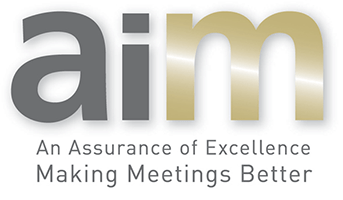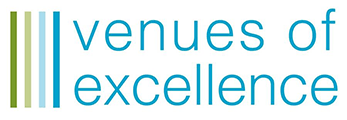Ever got the hunch or a gut feeling that someone isn't telling you the truth? People's faces communicate a plethora of non-verbal language and microexpressions which you're probably missing through your web cam!
Microexpressions are tiny, involuntary facial movements that last only a fraction of a second. These fleeting expressions can reveal a person's true emotions, even if they are trying to conceal them. In face-to-face meetings, microexpressions can be a powerful tool for communication and understanding.
While microexpressions are often associated with deception detection, they can also provide valuable insights into a person's emotional state. For example, a subtle furrow of the brow or a brief flash of a smile can indicate excitement or interest, while a downturned mouth or narrowed eyes can suggest skepticism or disagreement. By paying close attention to these subtle cues, participants in a face-to-face meeting can gain a deeper understanding of each other's thoughts and feelings.
In addition to providing insights into emotions, microexpressions can also help to build trust and rapport. When people feel that they are being heard and understood, they are more likely to open up and share their ideas and perspectives. By acknowledging and responding to micro expressions, participants can demonstrate their attentiveness and show that they are actively engaged in the conversation.

However, it's important to note that interpreting microexpressions is not always straightforward. Context and cultural differences can play a significant role in how microexpressions are expressed and interpreted. For example, a smile may indicate happiness in one culture, but politeness or discomfort in another. It's also important to avoid jumping to conclusions based on a single microexpression, as they can be influenced by a wide range of factors, including past experiences and personality traits.
Despite these challenges, learning to read and respond to micro expressions can be a valuable skill in face-to-face meetings. Here are a few tips for using microexpressions to enhance communication:
- Pay attention to the eyes: The eyes are often referred to as the "windows to the soul" and can reveal a lot about a person's emotions. Look for changes in eye contact, pupil size, and eyebrow movements.
- Watch for subtle changes in facial expressions: Even slight movements in the lips, cheeks, or forehead can indicate changes in emotional state.
- Look for clusters of microexpressions: A single microexpression can be misleading, but when several expressions occur in quick succession, they can provide a more accurate indication of a person's emotional state.
- Consider context and cultural differences: Remember that microexpressions can be influenced by a wide range of factors, including cultural differences and past experiences.
- Use micro-expressions to build rapport: Acknowledge and respond to micro-expressions to demonstrate your attentiveness and build trust with others.
In conclusion, microexpressions can be a powerful tool for communication and understanding in face-to-face meetings. By learning to read and respond to these subtle cues, participants can gain valuable insights into each other's emotions, build trust and rapport, and enhance the overall effectiveness of the meeting. While interpreting microexpressions can be challenging, with practice and attention to context, it's a skill that can be honed and developed over time.
Want to learn more about this fascinating subject?
Here are some sources to learn more about microexpressions:
- "Unmasking the Face: A Guide to Recognizing Emotions from Facial Expressions" by Paul Ekman and Wallace Friesen - This book provides a comprehensive guide to recognizing and interpreting facial expressions, including microexpressions.
- The Paul Ekman Group - The website of Dr. Paul Ekman, a pioneer in the study of microexpressions and nonverbal communication, offers information, research, and training resources on microexpressions and related topics.
- "Lie to Me" - A TV show that was inspired by the work of Dr. Paul Ekman and features a character who can read microexpressions to solve crimes. While it is a fictional show, it can be a fun way to learn more about microexpressions and their importance.
- "Micro Expressions: The Secret to Detecting Lies" by Vanessa Van Edwards - This TED Talk explores the importance of micro expressions in detecting lies and improving communication.
- "Micro Expressions: What They Are and Why They Matter" by James Clear - This article provides a brief overview of microexpressions and their significance in interpersonal communication.
- "Reading Facial Microexpressions" by Joe Navarro - This Psychology Today article discusses the importance of recognizing and interpreting microexpressions in social and professional contexts.
- "The Definitive Guide to Micro Expressions" by Tracy Brown - This guide provides an in-depth overview of micro expressions, including how to recognize them and their role in communication.






